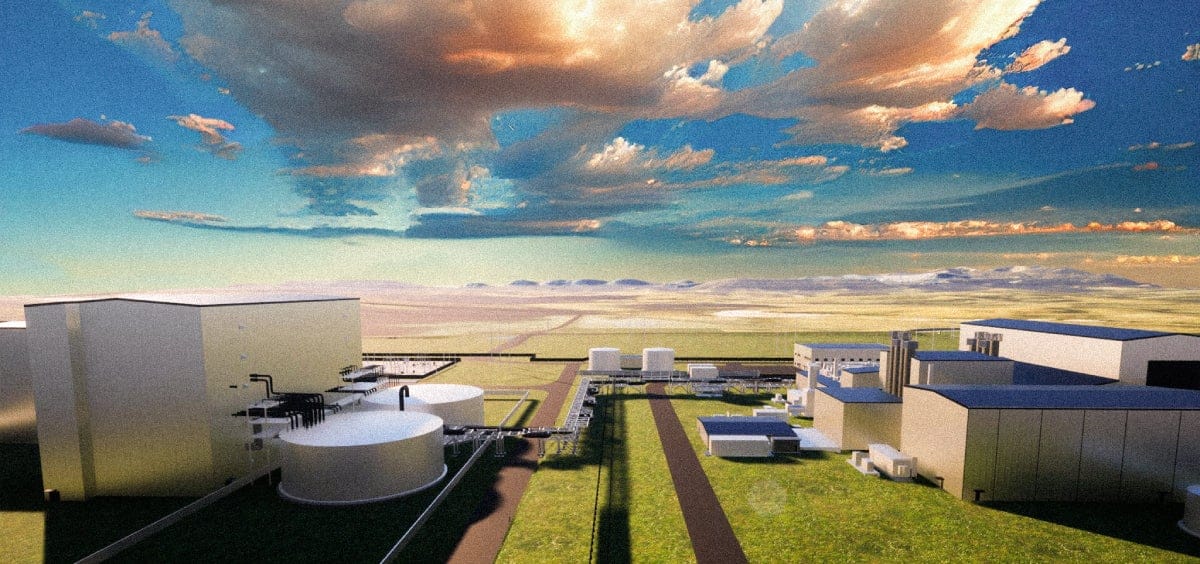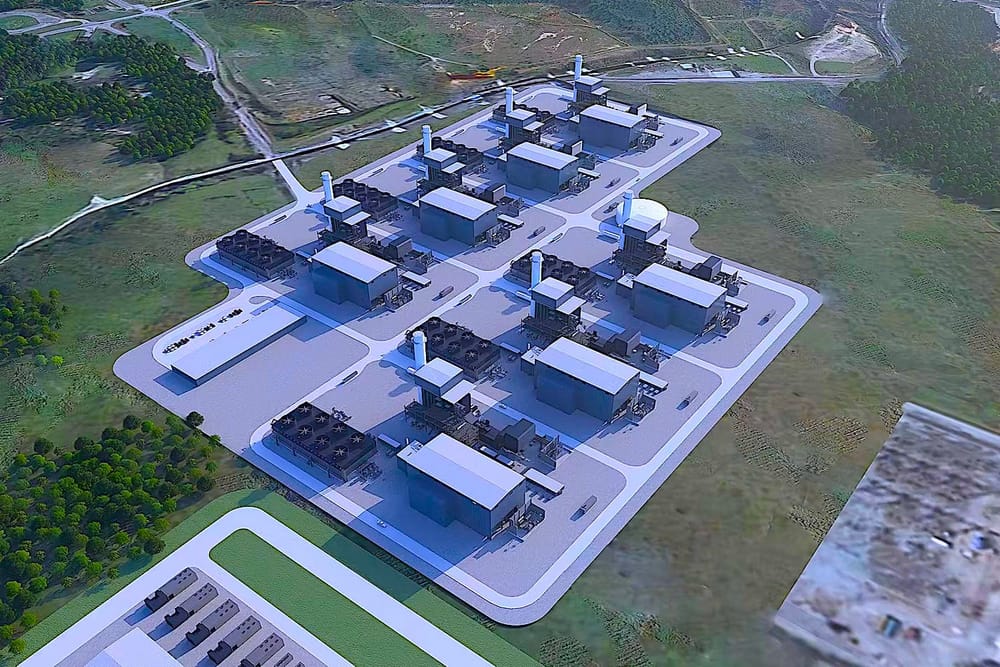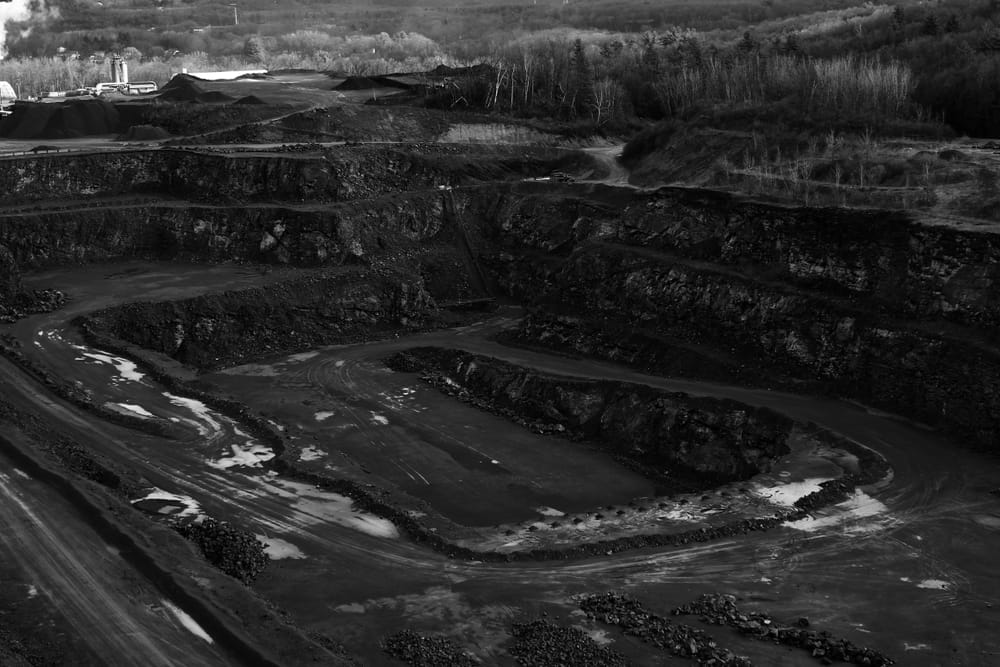In a little old town called Kemmerer, a man by the name of Bill Gates comes troddin' in on his trusty-steed.
Last week we talked about the current state of Nuclear power; what it is, how it works, and how SMRs (small modular reactors) are advancing the technology. SMRs may not see an immediate future here in the US, but a small town across the prairie seems to have something else up their sleeve. In Kemmerer, Wyoming, the next-generation nuclear power plant is being built, a project that has been more than 15 years in the making by the company Terrapower - founded by Bill Gates. And when it opens (hopefully around 2030), it is poised to be the most advanced nuclear facility in the world.
How Does Nuclear Energy Work?
If you don't remember last week's explainer, no worries here's a refresher:
- Splitting atoms to release energy, a process known as nuclear fission, that heats water around it to produce steam that spins turbines to make electricity.
How is Bill's Reactor Different?
It isn't mentioned above, but water also plays a key role as a coolant for reactors. Large amounts of water are circulated around the atom's core to keep it under control and absorb any excess heat. But water isn't the most efficient coolant in this sense, because it eventually turns to steam under high heat it needs to be constantly pumped around the core, and if it does turn to steam, can put a lot of pressure on pipes and other equipment leading to potential problems. This is where the plant at Kemmerer differentiates itself.
As it turns out, liquid metals by comparison can absorb a massive amount of heat while maintaining a consistent pressure. The plant at Kemmerer will use liquid sodium, whose boiling point is more than 8 times higher than water’s. And unlike water, sodium doesn’t need to be pumped, because as it gets hot, it rises, and as it rises, it cools off. Even if the plant loses power, the sodium just keeps absorbing heat without getting to a dangerous temperature that would cause a meltdown. The facility also includes an energy storage system that allows it to control electricity produced at a given time and store it efficiently.
What Does this Mean for Our Energy Future?
Like any good western film, Bill Gates comes into town as the hero to fix the mess that was previously left. In this case, the town of Kemmerer had a coal plant that had been operating for more than 50 years and is scheduled to shut down. If it wasn't for Bill's new plant, the 110 or so workers there would likely lose their jobs. It's important to see in this story how renewable energy facilities can boost economic development in certain areas, and also offer new skills and an easier path to job transferability even if the core technologies are different.
Here's a link to Bill's Blog Post about the Facility: https://www.gatesnotes.com/Wyoming-TerraPower








